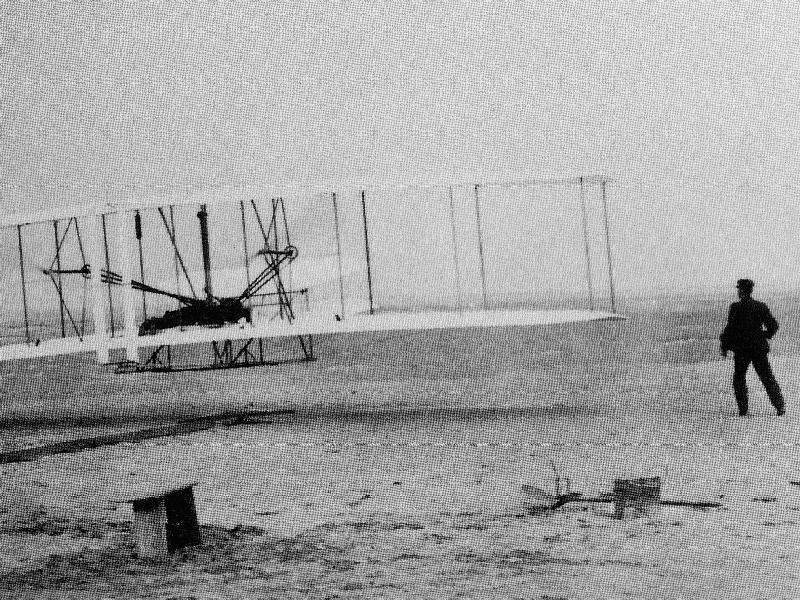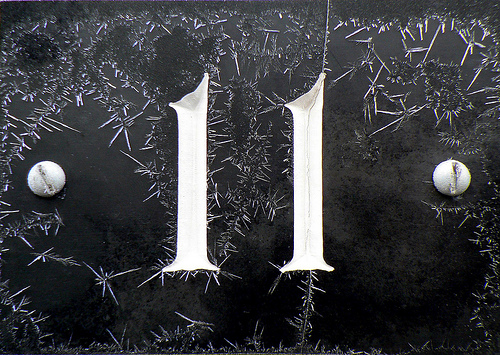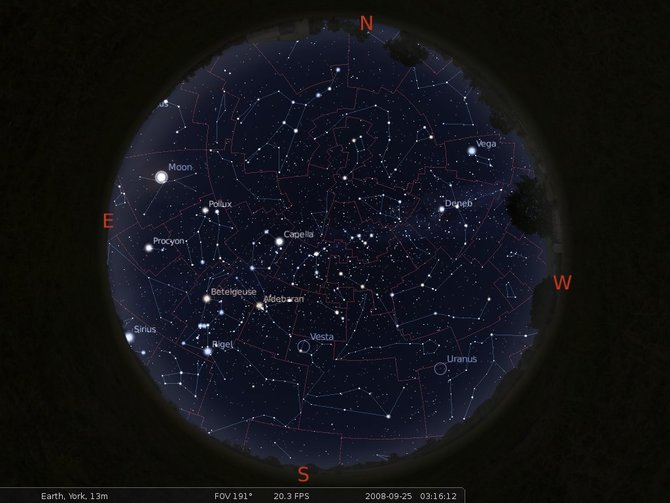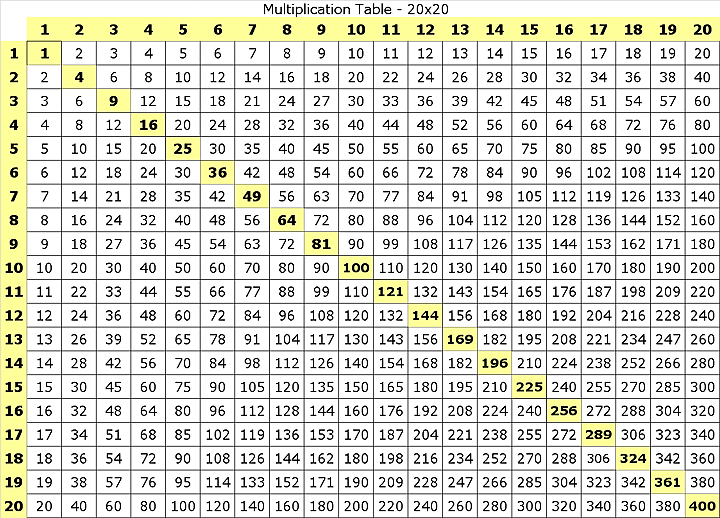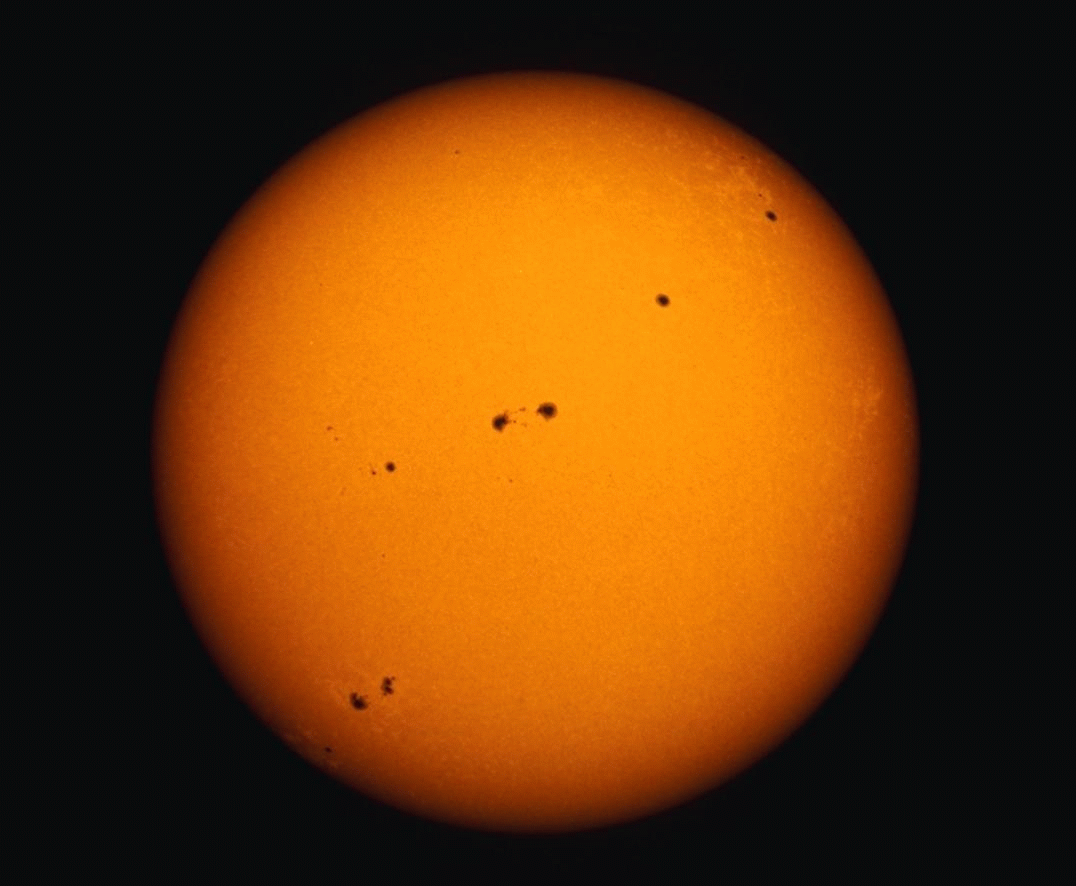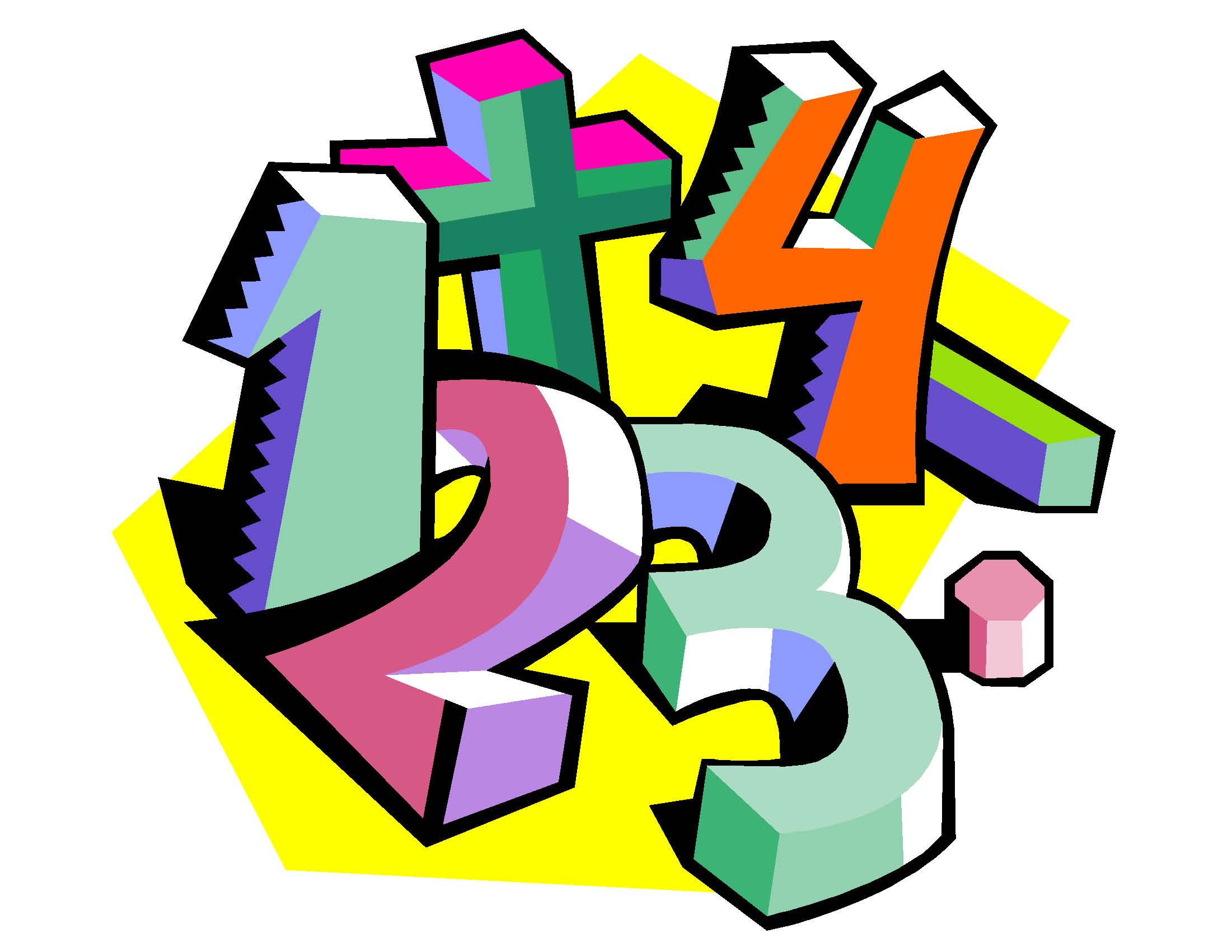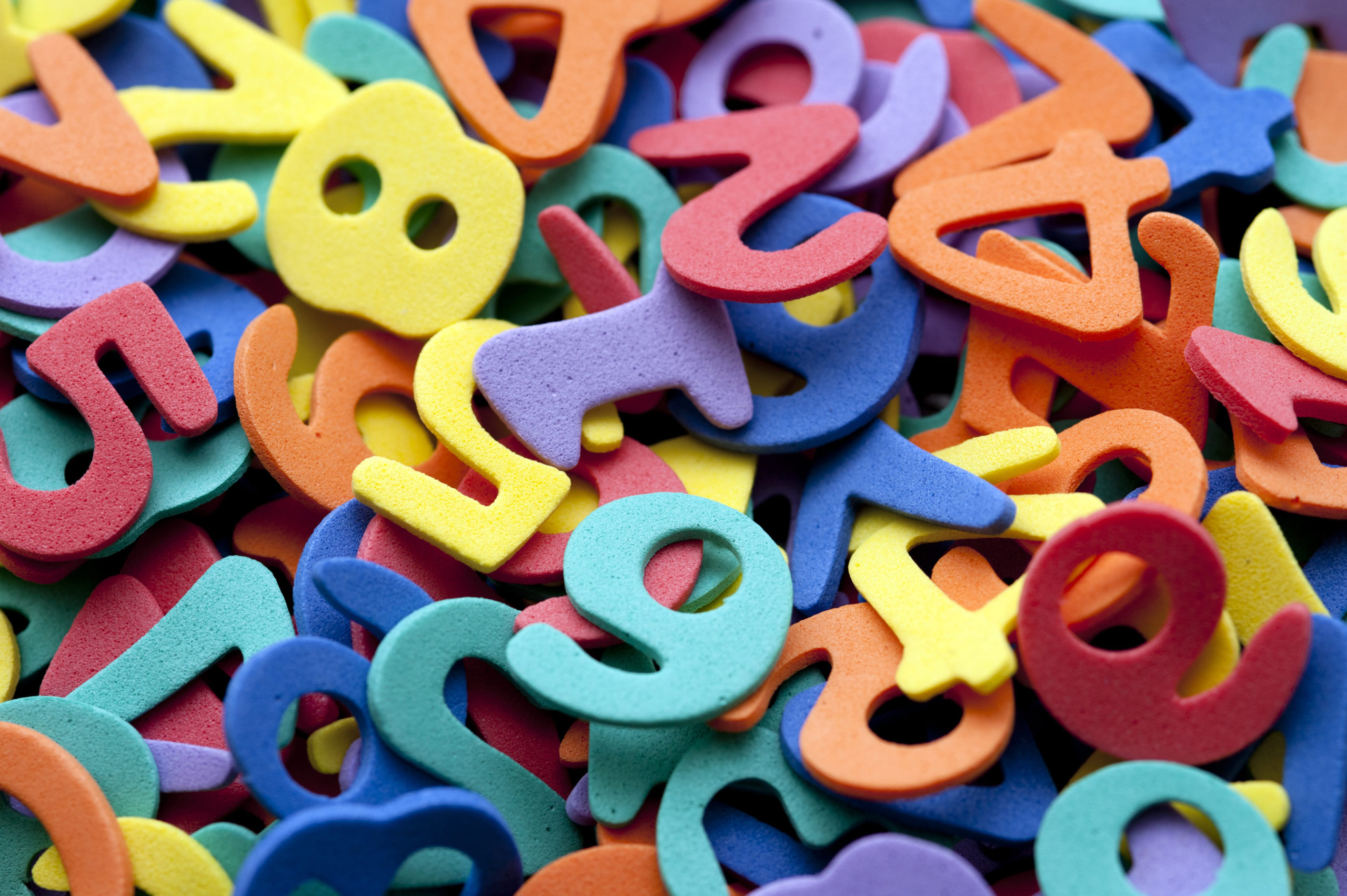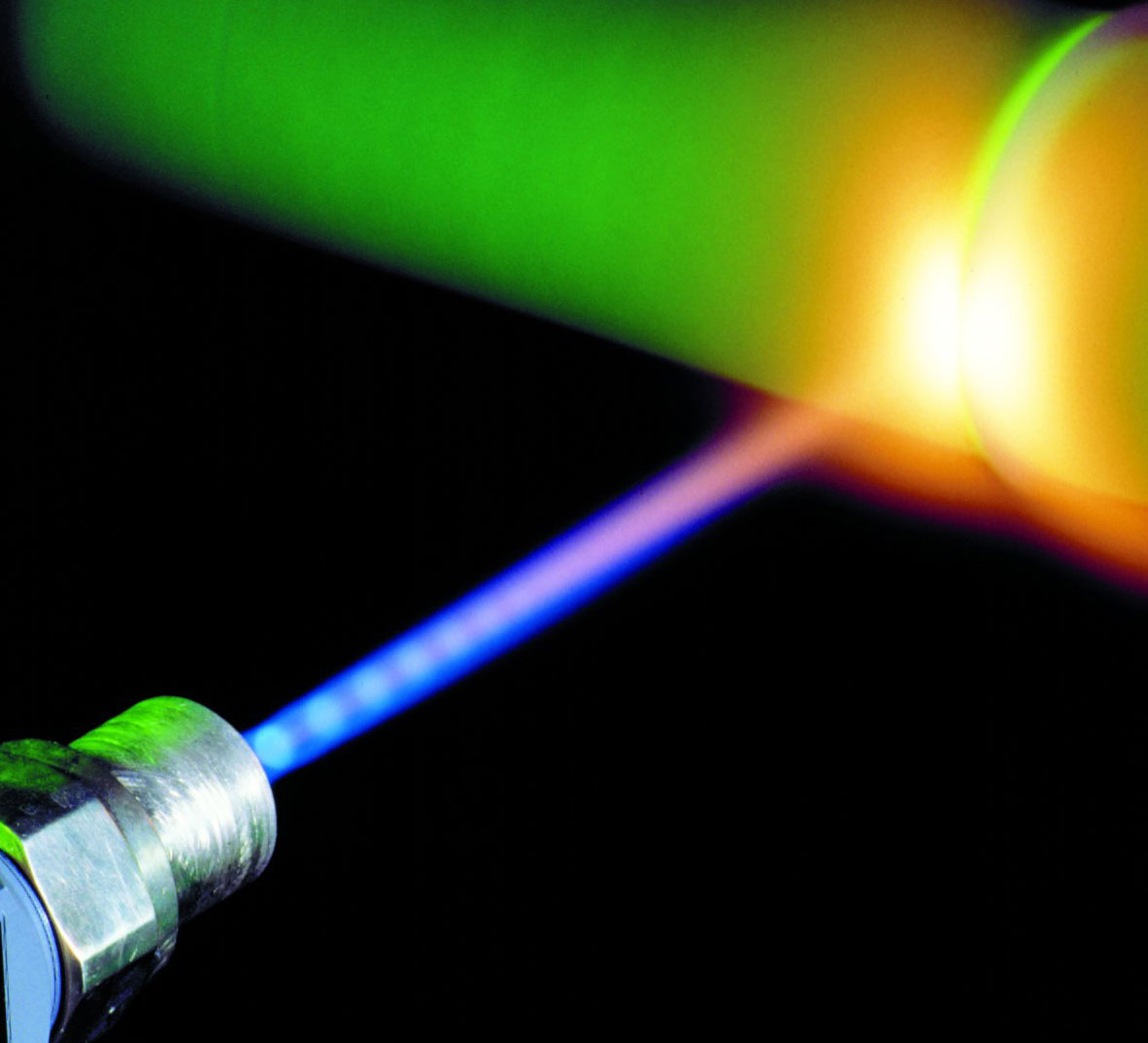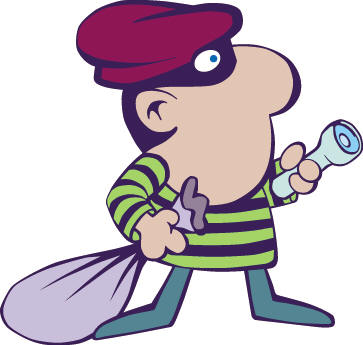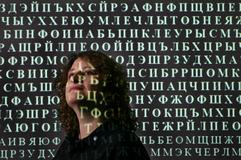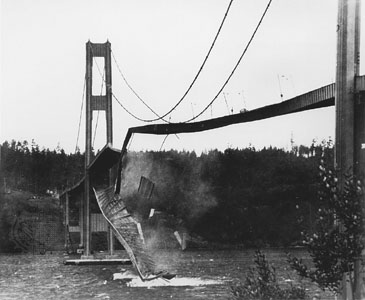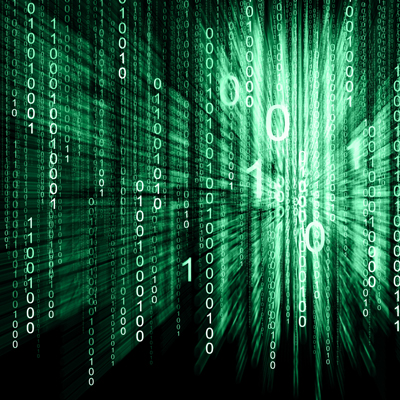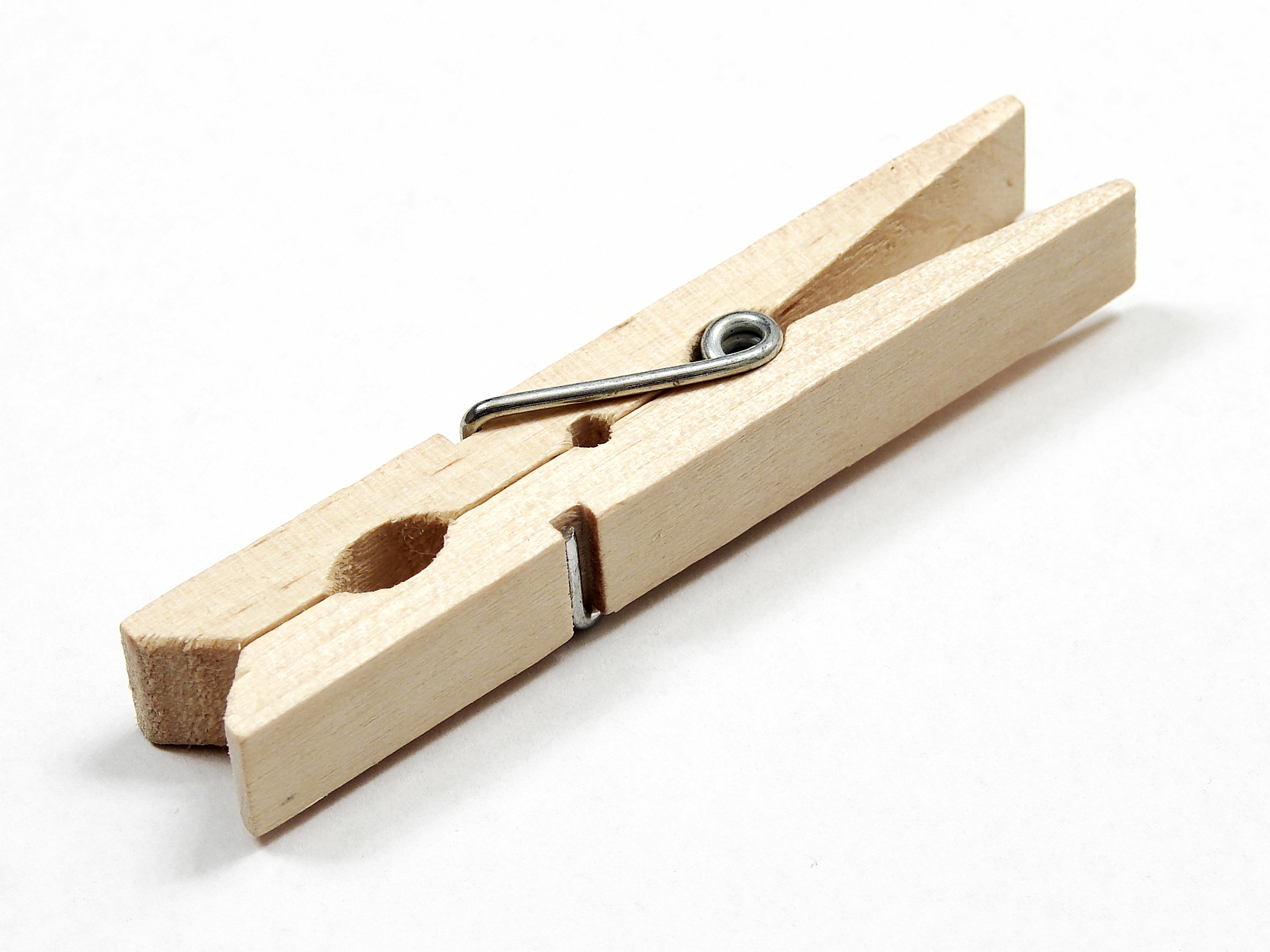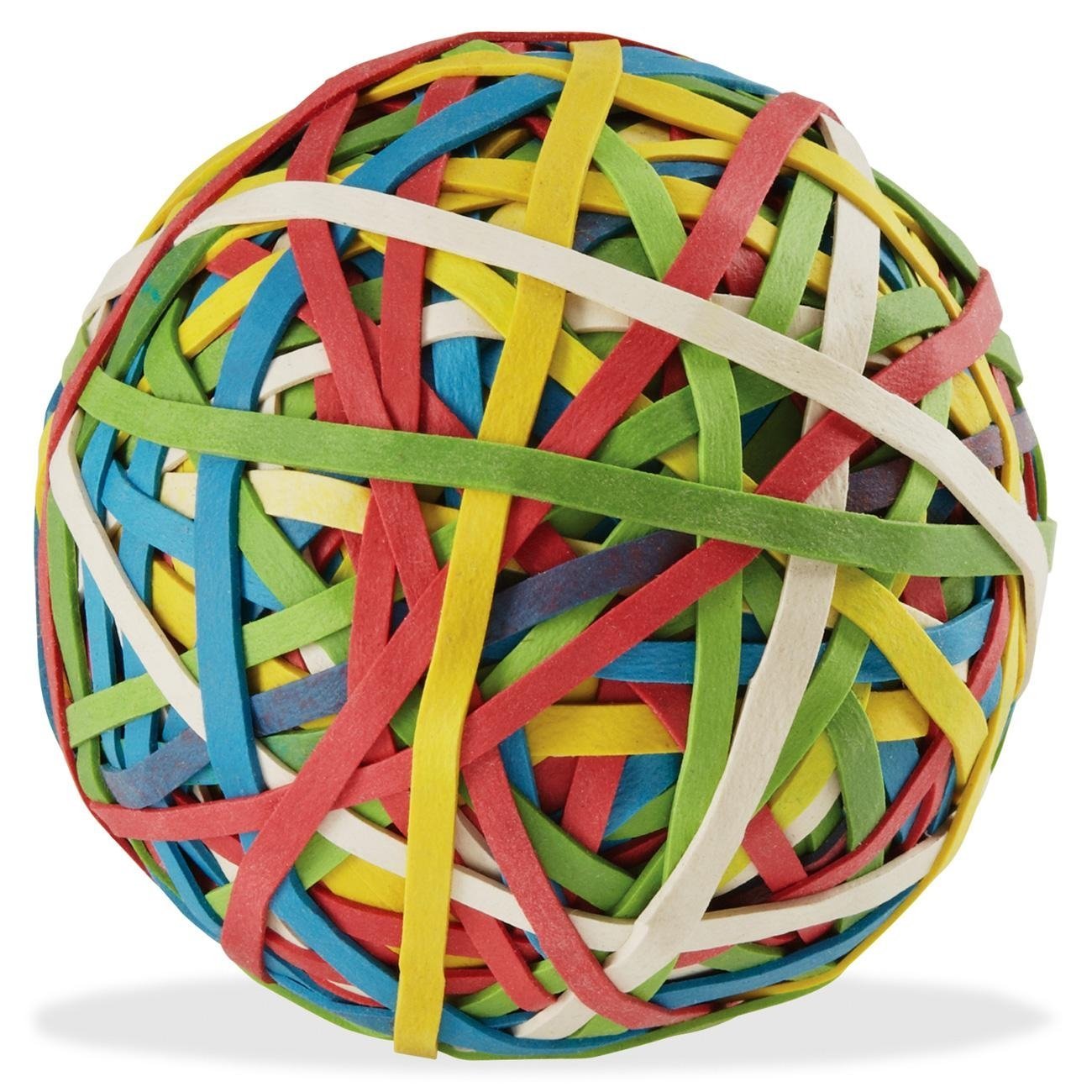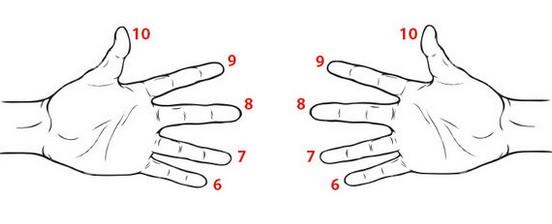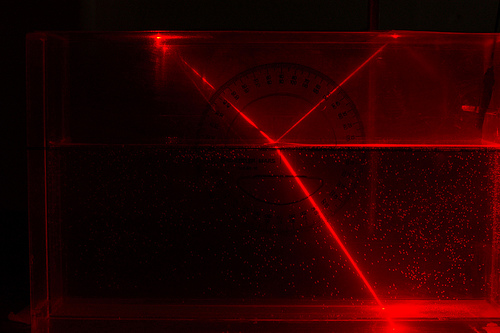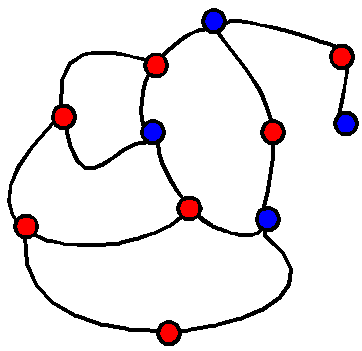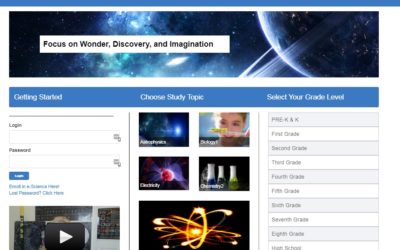Math is the language of Science, so it makes sense to learn them together so kids really understand what it is, how it’s used, and why they should bother learning it. The lessons presented here include math lessons embedded in the science lessons so you can get a better feel for how to do this in future experiments you might do on your own. Enjoy the content!
Lesson 1: Flying Machines
Ever since I was a kid, I have always wanted to fly. In fact, at four years old you could find me on top of a ladder armed with a box fan (plugged in and turned on) and an umbrella, just like Mary Poppins. Unfortunately, I didn’t really understand how some things flew...
Lesson 2: Magic of 11’s
Here’s our first MATH lesson. It is so easy that one night, I wound up showing it to everyone in the pizza restaurant. Well, everyone who would listen, anyway. We were scribbling down the answers right on the pizza boxes with such excitement that I couldn’t help it –...
Lesson 3: Rocketry
Rockets are vehicles that launch people and payloads into space. Newton’s Third Law of Motion is the principle of action and reaction. With rockets, the action is the force generated by the exhaust gases shooting out the back end of the rocket through the nozzle. This...
Lesson 4: Rocketry Math
Launching rockets requires a lot complicated math, but it all starts with Newton’s Laws of Motion. We’re going to get a taste of the math behind the real rocket science. Using math with rocket science experiments allow scientists to figure out important information...
Lesson 5: Star Gazing
Telescopes and binoculars are pretty useless unless you know where to point them. I am going to show you some standard constellations and how to find them in the night sky, so you’ll never be lost again in the ocean of stars overhead. You’ll need to download and...
Lesson 6: Multiplication Tables
If you haven’t memorized your multiplication table yet, I am going to show you how to you need to memorize only three of the 400 numbers on a 20 times table in order to know your table. Download the student worksheet that goes with this lesson. Math isn’t about...
Lesson 7: Solar Astronomy
The Sun rotates, but because it’s not a solid body but a big ball of gas, different parts of the Sun rotate at different speeds. The equator rotates once every 27 days, which is faster than the rotation at the poles, which spin once every 31 days. Sunspots are a great...
Lesson 8: Math from Left to Right
In school, you are trained to solve math problems on paper, at a desk. The problem with that is, for most people, math problems don’t usually come with a desk or a pencil. They pop up in the checkout line when paying for groceries, figuring out your gas mileage at the...
Lesson 9: Eyeballs
We are going to make an eyeball model using a balloon. This experiment should give you a better idea of how your eyes work. The way your brain actually sees things is still a mystery, but using the balloon we can get a good working model of how light gets to your...
Lesson 10: Quicker Multiplication
If you don’t have the patience to do multiplication on paper for every single math problem that comes your way, then you’ll really enjoy this math lesson! You’ll be able to multiply one and two digit numbers in your head, which you’ll be able to use when checking your...
Lesson 11: Light
Light is energy, and it can be defined by four things: intensity (how bright), frequency (or wavelength), polarization (the direction of the electric field), and phase (time shift). We’re going to look at different ways to produce light as well as its...
Lesson 12: Division
If you hate long division like I do, then this lesson will be very useful in showing you how to make the most out of your division tasks without losing sleep over it. It’s easy, quick, and a whole lot of fun! If you haven’t already mastered your multiplication...
Lesson 13: Lasers
You can’t just shine a flashlight through a lens and call it a laser, because the way a laser generates light is what makes it a laser in the first place. The word LASER is an acronym for Light Amplification by Stimulated Emission of Radiation. Lasers are optical...
Lesson 14: Guesstimations
When it’s too hard to count ’em up and too much time to calculate, it’s time to guesstimate the answer. I use this technique all the time to “ball park” my answer so I know if I’ve made a mistake with my final answer. Download the...
Lesson 15: Burglar Alarms
Burglar alarms not only protect your stuff, they put the intruder into a panic while they attempt to disarm the triggered noisemaker. This experiment teaches students how to make simple burglar alarms, which are really clever switches, out of their basic circuit...
Lesson 16: Pi
Pi is a number (slightly greater than 3) that shows up when you divide the circumference of a circle by its diameter, no matter what size the circle is. It also shows up in other shapes like spheres, ellipses, cylinders, and cones as well as unusual places like...
Lesson 17: Electromagnetic Crane
Most of the electricity you use comes from moving magnets around coils of wire. Electrical power plants either spin HUGE coils of wire around very powerful magnets or they spin very powerful magnets around HUGE coils of wire. The electricity to power your computer,...
Lesson 18: Secret Codes & Ciphers
Cryptography is the writing and decoding of secret messages, called ciphers. Now for governments these secret ciphers are a matter of national security. They hire special cryptanalysts who work on these ciphers using cryptanalysis. The secret is, solving substitution...
Lesson 19: Building Bridges
What keeps building from toppling over in the wind? Why are some earthquake-proof and others not? We’re going to look at how engineers design buildings and bridges while making our own. Can you build a bridge using only popsicle sticks and hot glue that can carry a...
Lesson 20: Binary Counting
One day, my kid asked me how a calculator comes up with its answers. That’s a great question, I thought. How does a calculator do math? After thinking about it, I realized this was a great way to teach him about binary numbers. I am going to show you how to not...
Lesson 21: Clothespin Catapult
Ancient people teach us a thing or two about energy when they laid siege to an enemy town. Although we won’t do this today, we will explore some of the important physics concepts about energy that they have to teach us by making a simple catapult. Materials:...
Lesson 22: Cryptarithms
Cryptarithms are a puzzle where the digits are replaced by letters or symbols. When the numbers are replaced by letters of the alphabet and it spells something readable, it’s called Alphametics. Download the student worksheet that goes with this lesson. Rules: Each...
Lesson 23: Drawing Machine
We’re going to make a quick and easy drawing machine that will teach your kids about the conservation of energy! By storing energy in the rubber band (called “elastic potential energy”), you can see for yourself how this transforms into movement...
Lesson 24: Finger Multiplication
Having trouble with your 6, 7, 8, and 9 multiplication tables? Sneak a peek at this nifty trick for multiplying single digits together. All you need is a set of hands and about ten minutes, and you’ll be a whiz and multiplying with your hands. Download the...
Lesson 25: Lasers, Jell-O, and Trigonometry
If you’re scratching your head during math class, wondering what you’ll ever use this stuff for, here’s a cool experiment that shows you how scientists use math to figure out the optical density of objects, called the “index of...
Lesson 26: Sprouts Math Game
This is a really neat game invented in 1967 by two mathematicians that was soon after published in Scientific American, where it caught fire with people all over the world. It’s a very simple game with a lot of interesting mathematics in it, and all you need are two...
Skyrocket your Science Education with Supercharged Science Online Full Curriculum for K-12
Did you love the content in this section? If so, then I highly encourage you to check out my award-winning online science program called e-Science! It’s a hands-on K-12 science curriculum designed to teach your kids real science, and you don’t even have to...

